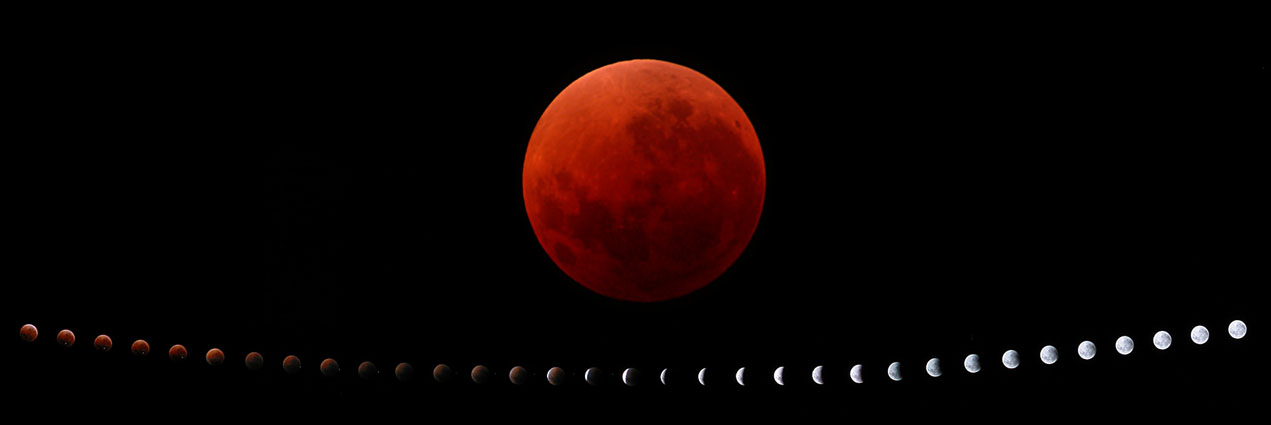Difference between revisions of "August 9, 2004"
| (2 intermediate revisions by the same user not shown) | |||
| Line 1: | Line 1: | ||
__NOTOC__ | __NOTOC__ | ||
=Australian Eclipse= | =Australian Eclipse= | ||
| + | <!-- Start of content --> | ||
<br> | <br> | ||
<table width="85%" border="0" align="center" cellpadding="6" cellspacing="2"> | <table width="85%" border="0" align="center" cellpadding="6" cellspacing="2"> | ||
| Line 29: | Line 30: | ||
[http://www.astronomy.org.au/ngn/media/client/factsheet_16.pdf May 5 Eclipse Factsheet] | [http://www.astronomy.org.au/ngn/media/client/factsheet_16.pdf May 5 Eclipse Factsheet] | ||
</p> | </p> | ||
| − | <p> | + | <p><b>Yesterday's LPOD:</b> [[August 8, 2004|NE Backwater]] </p> |
| + | <p><b>Tomorrow's LPOD:</b> [[August 10, 2004|To an Ancient Moon]] </p> | ||
</td> | </td> | ||
</tr> | </tr> | ||
| Line 52: | Line 54: | ||
</table> | </table> | ||
<p> </p> | <p> </p> | ||
| − | + | <!-- End of content --> | |
| − | + | {{wiki/ArticleFooter}} | |
| − | |||
| − | |||
| − | <!-- | ||
| − | |||
| − | |||
| − | |||
| − | |||
| − | |||
| − | |||
| − | |||
Latest revision as of 19:23, 7 February 2015
Australian Eclipse
Image Credit: Ashley Africa |
|
Australian Eclipse Eclipses are democratic - they can be enjoyed from nearly anywhere on the terrestrial hemisphere where the Moon is above the horizon. And they can be imaged with cameras, small telescopes or larger ones. The May 5, 2004 lunar eclipse was seen and imaged across the Eastern Hemisphere (e.g. Greece) From a backyard in Perth, WA, Australia, Ashley Africa took this eclipse portrait using two cameras and at least 34 exposures. The large image was taken at or close to totality using a Nikon Coolpix 995 afocally attached to a 102mm f/5 refractor with a 26 mm plossel eyepiece. The eclipse sequence was captured with a Canon S40 camera sitting stationary on a tripod; individual frames were taken at 5 minute intervals and were added to a single image in Photoshop to obtain the sequence. Ashley reports that the arc is natural – i.e. no image manipulation was required to produce it. Related Links: Yesterday's LPOD: NE Backwater Tomorrow's LPOD: To an Ancient Moon |
Author & Editor: |
COMMENTS?
Register, Log in, and join in the comments.




